Last week I went on a research trip to Yorkshire for my book, This Thing of Paper. It was the first of two research trips and I am glad that I scheduled it while we are still working on the patterns. The second trip will take place later this year and be less visually intensive but perfect for the essays. Thank you to everyone who has made this work possible. I had a profound experience when I travelled south to York, and I'm going to write more about that in a second. First, though, a very exciting announcement.

I'll be teaching two workshops at the Yarnporium show in London this November. First, I'm running a half-day class on knitting hap shawls which covers the classic Shetland hap constructions, how to deal with lace charts, and how to work applied edges. I will also cover any questions on how to customise & design hap shawls. Then, I have developed a class especially for Yarnporium called Knitting the Landscape. This class is an exploration of psychogeography and knitting. We'll talk flaneuring, urban exploration, inner/outer landscapes, and how to express your own paths in knitted pieces that'll keep you warm on your journeys.
I'm so honoured to be asked to teach a class like Knitting the Landscape - it's really a step outside what you'd expect from a knitting workshop and it gets us all thinking about what we can do with our everyday making. I like that.
Now, back to my research trip.
I spent part of my trip in York itself. The city was founded by the Romans, then became a major settlement for the Vikings, before growing into a significant religious site and wool trading centre in the 13th and 14th centuries. Much of York's city centre is well-preserved within the city walls (of which some date back to 300AD, but most to the 12th and 13th centuries) and the famous Shambles is a well-preserved medieval street. Between my appointments, I enjoyed walking around discovering small details here and there.

We spent two days at the York Minster itself - one of the largest Gothic cathedrals in the world with various secondary buildings like a library and stonemason's court. The level of detail is astonishing: little mice carved into the stonework, gargoyles peeking out, statues with changed faces, elaborate cope chests, and the awe-inspiring architecture of the Chapter House (and its tiled floor). It was easy to spend hours here and we did.
But what I did not expect was to have one profound moment that reduced me to tears.

I don't know about you, but I've always loved stained glass. The deep, rich colours and the layers of allegorical imagery with so much religious and historical significance .. so when I saw York's Five Sisters window, I was taken aback.
However, there was something different about the Five Sisters window. It is mostly composed of grisaille (grey) glass with just a few coloured pieces inserted here and there. Grisaille was made by painting patterns on pieces of silvery grey glass. The pieces were then arranged into intricate geometric patterns using lead to hold the pieces together. I speculated that the geometric patterns may have been influenced by crusaders seeing Islamic tiles on their travels (the timeline would be right, I believe).
So I sat there beneath dark windows with strong geometric patterns and I had a strong emotional reaction. The window reminded me of the first time I read TS Eliot's The Waste Land which was also formed of 'fragments shored against these ruins'. Something about the small, insignificant pieces that swirled together in highly complex patterns to create something bigger than themselves. Small glimpses of colour and light to break the dark complexity .. the more I looked at the window, the more I cried.

I later learned that Five Sister was last restored in the 1920s and dedicated as a memorial to the women who died during the First Word War. Mrs Little, a local woman, had a vision of long-lost sisters guiding her towards the window and as she approached, her sisters faded away to be replaced by five women sitting in a garden sewing needlework. I am moved by Mrs little's words: "After the war was over, when memorials on all sides were being erected to our brothers, I often thought that our sisters who also made the same sacrifice appeared to have been forgotten.” Names of more than 1400 women are inscribed on oak panels nearby.
I sat there for nearly an hour underneath that window and I could have stayed much longer. Great art is what changes us and the way we look at the world. I never thought a 13th century grisaille window would affect me so but it did.
Life is so much greater than just our own tiny selves. We combine to make sense of it all.



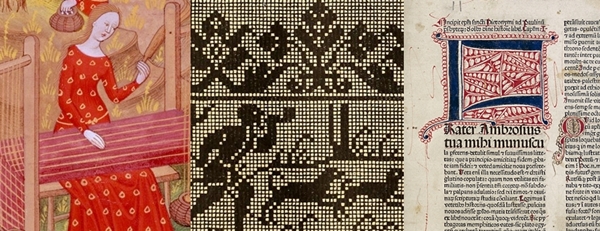

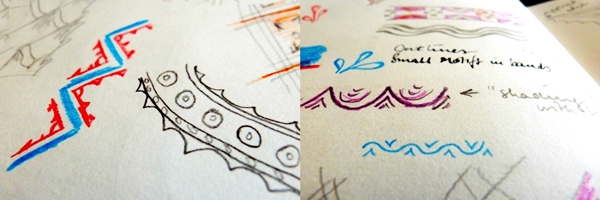
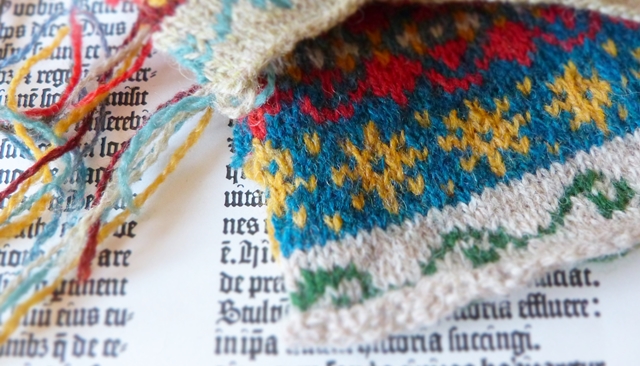 It is time to announce a project that has been a long time coming. It is a project dear to my heart and one that I hope you will love as much as I do.
It is time to announce a project that has been a long time coming. It is a project dear to my heart and one that I hope you will love as much as I do.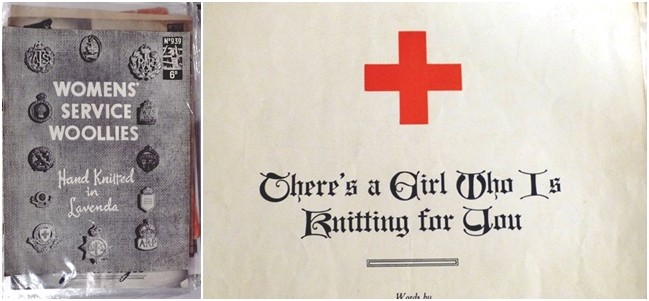
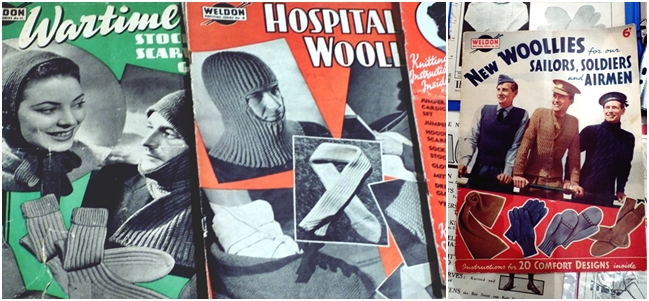
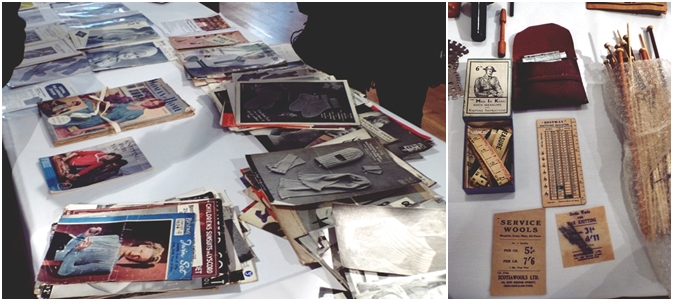

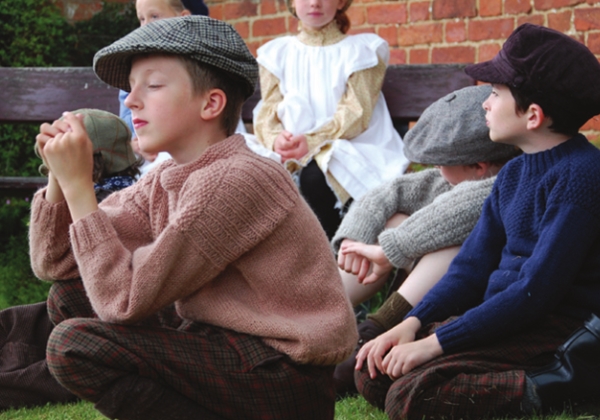
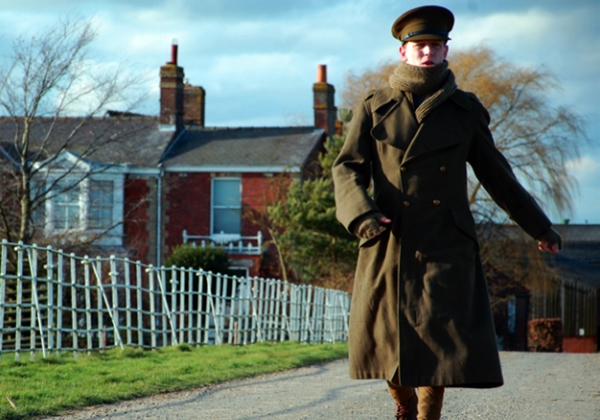
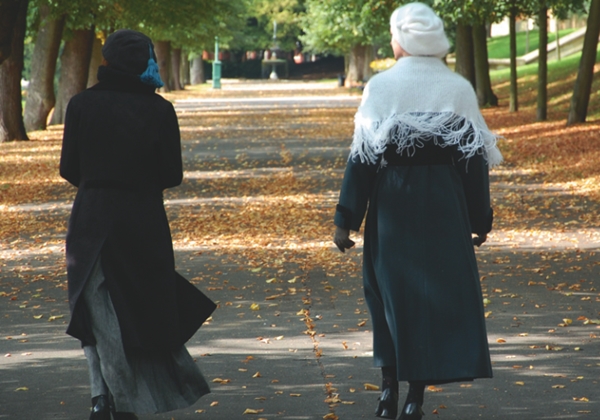
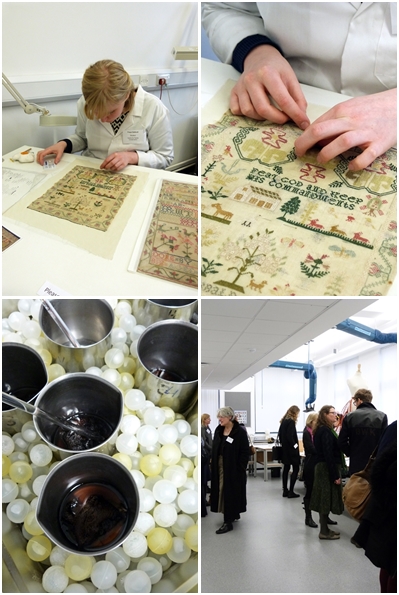 Yesterday I was invited to an event at Glasgow University's
Yesterday I was invited to an event at Glasgow University's